NASA’s Voyager 1 spacecraft, launched in 1977, has made a remarkable discovery at the outer edge of our solar system. The probe has detected a high-temperature region, informally called the “firewall,” where temperatures soar to nearly 50,000°C. While the name evokes images of literal flames, this region is actually a zone of energetic particle interactions, not a wall of fire.
What the “Firewall” Really Is
The “firewall” represents an area where charged particles from the Sun collide with incoming particles from interstellar space, producing extremely high temperatures. Despite these intense conditions, the density of particles is so low that the spacecraft itself is not harmed. This discovery gives scientists new insights into the interactions between the Sun’s solar wind and the interstellar medium.
Redefining the Solar System’s Boundary
Traditionally, the edge of the solar system has been defined by the heliopause—the point where the Sun’s influence balances with the surrounding interstellar space. However, the detection of the “firewall” indicates that the boundary is far more dynamic and complex than previously thought. It highlights the turbulent interaction zone that separates our solar system from the rest of the galaxy.
Voyager 1’s Ongoing Mission
Even nearly five decades after its launch, Voyager 1 continues to relay critical data back to Earth. Its instruments, including sensors for cosmic rays, magnetic fields, and plasma waves, provide unprecedented information about the conditions in interstellar space. The spacecraft’s longevity underscores the remarkable engineering and durability that have allowed it to operate far beyond its expected lifespan.
Scientific Significance
The discovery of this extreme-temperature region has major implications for astrophysics. It challenges previous assumptions about the structure of the solar system and deepens our understanding of the boundary between solar and interstellar environments. As Voyager 1 continues its journey, it promises to offer even more revelations about the cosmos beyond our Sun.

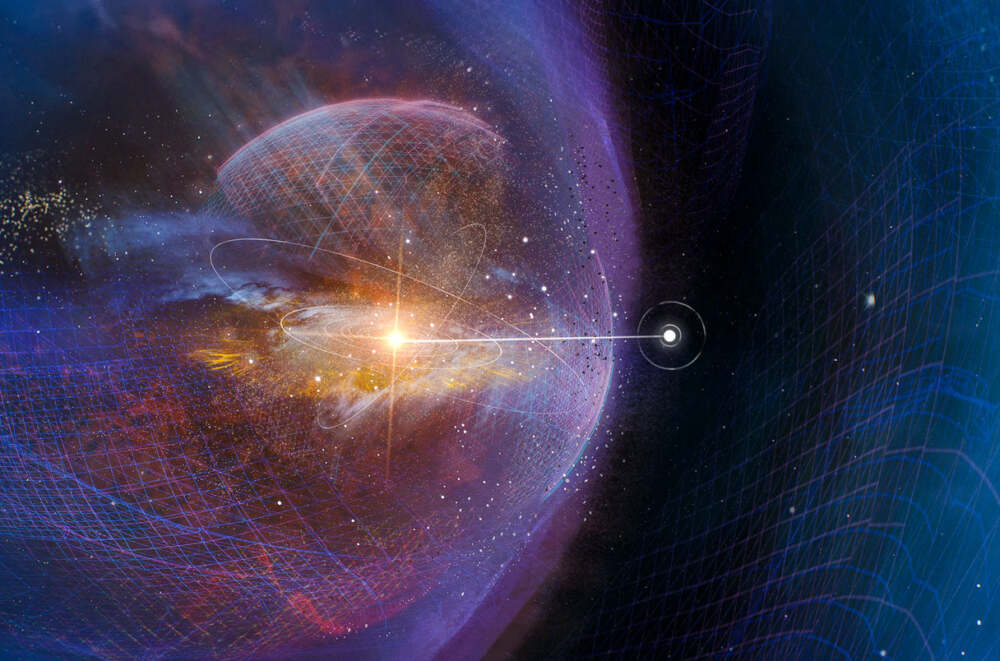




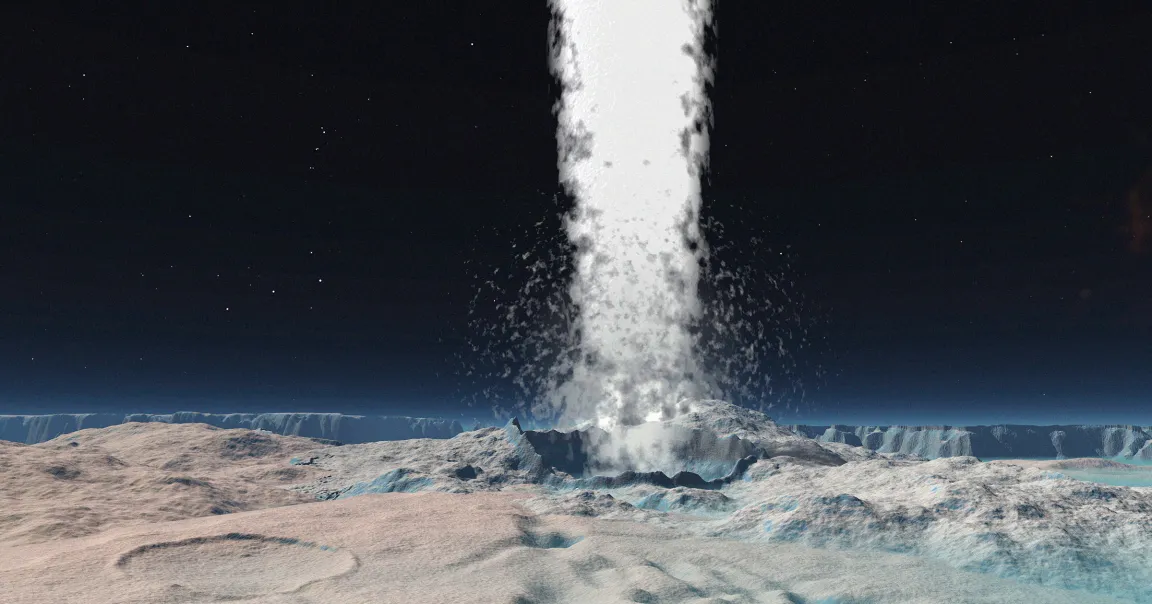

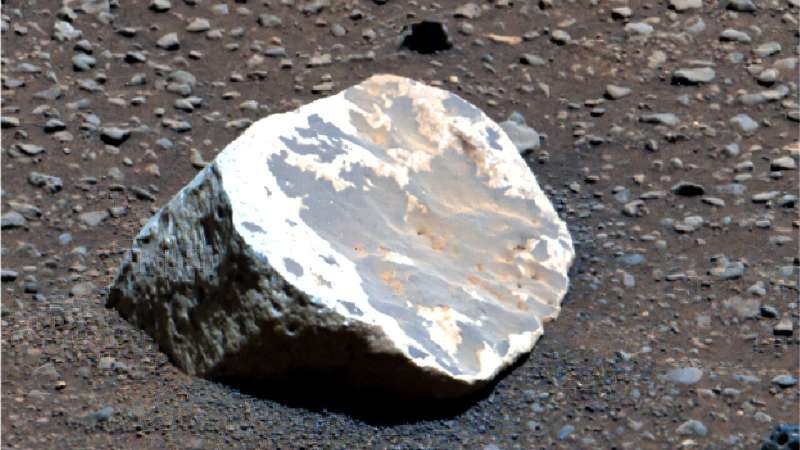
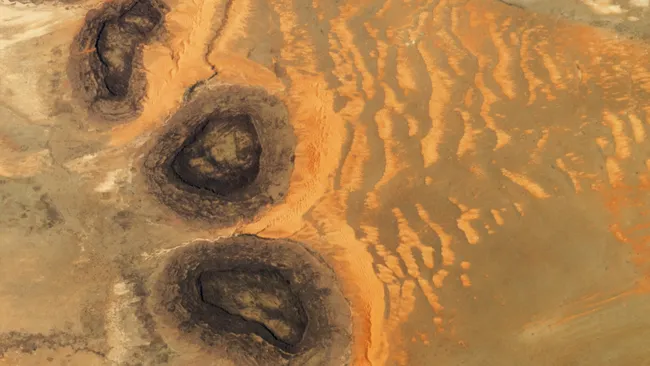

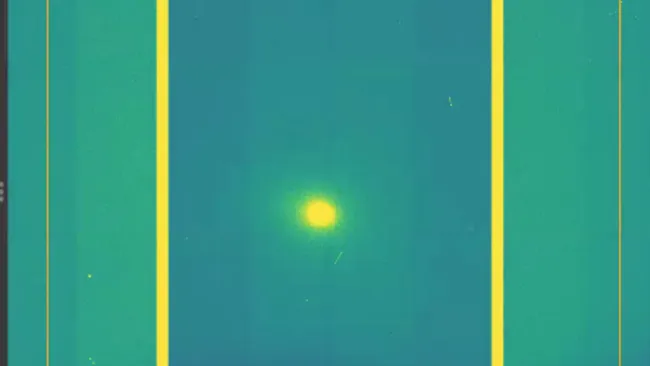




Leave a Reply